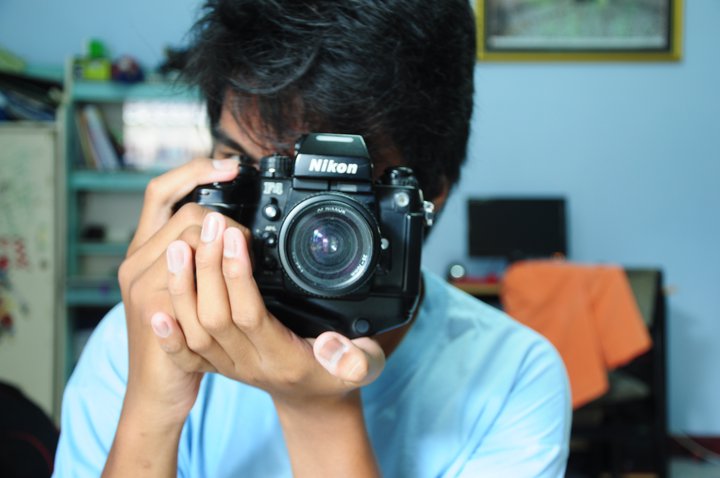Even though the true origins of Ju-Jitsu are impossible to trace, elements of the art can be traced back over 2500 years. Mythical stories of Kajima and Kadori two legendary gods tell of how the inhabitants of an eastern providence were punished for their lawlessness using Ju-Jitsu techniques.
Chikura Kurabe, a wrestling sport that appeared in Japan in 230BC had many techniques that were incorporated into Ju-Jitsu training. During the Heian Period (784 AD), Ju-Jitsu was incorporated into the Samurai Warrior's training so that he could defend himself against an armed attacker in the event he lost his sword. In 880 AD the first Ju-Jitsu Ryu was formed by Prince Teijun.
One of the first Ryu that used Ju-Jitsu as a primary art was founded in 1532 by Takenouche Hisamori. Legend has it that while on a pilgrimage, Takenouche collapsed from exhaustion after training and meditating for several days. In his delirium he received a vision from a phantom warrior. The warrior taught him five techniques of immobilization, and the advantages of using short weapons over long ones.
Prior to the foundation of the Takenouche-Ryu, open-handed combat techniques existed solely as a subordinate art to a major weapons system. Most modern Ju-Jitsu Ryu can trace their lineage directly back to Takenouche. In the early 16th century, Hideyoshi Toyotomi introduced the Chinese Art of Ch-an Fa (punching and nerve striking) to Japan and it was adopted by Ju-Jitsu.

During the Edo Period (1603-1868), under the Tokugawa military government, Japan became a more peaceful area. Weaponless styles began to replace the weaponed forms of old. During the Edo Period, it is believed that more than 700 systems of Ju-Jitsu existed.
During the Meiji Restoration, the power of Japan shifted from the Shogun back to the Emperor. Since the Samurai had supported the Shogun, an Imperial Edit was set forth, making it a crime to practice the martial arts of the Samurai. Many of the practitioners became bone-setters, as they were well practiced from the injuries sustained in the dojo. Unfortunately, many more used their skills to put on fake wrestling shows for public amusement, or became gangsters. Some masters took the art "underground" or practiced in another country until the ban was lifted in the mid-twentieth century.
Ju-Jitsu is the father of some fairly new martial arts. In 1882, Jigaro Kano developed the art of Judo using Ju-Jitsu as the model. In the 1920's Useshiba Morihei developed Aikido which is based on Ju-Jitsu. In modern times, true Classical Ju-Jitsu is restricted to a very few. It is taught to police and special operation military forces, but there are few opportunities for the general populace to learn this ancient art of Feudal Japan as it was meant to be taught.





0 komentar:
Posting Komentar